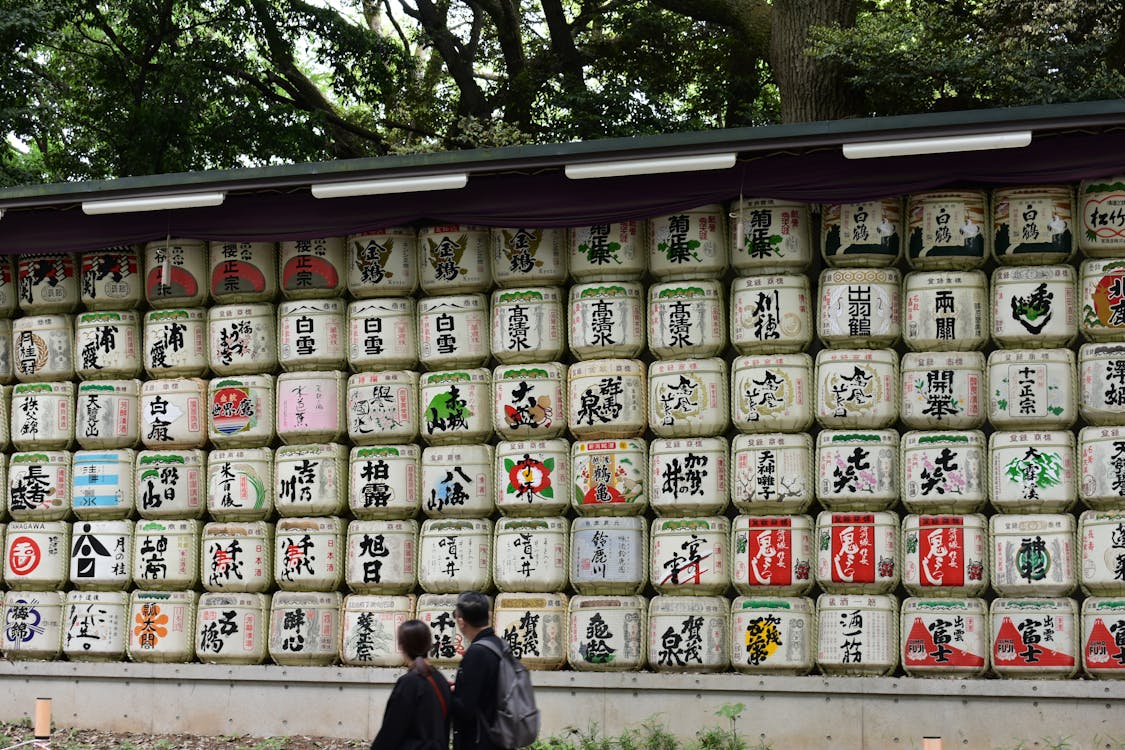One of the most popular tourist attractions in Tokyo that you should add to your bucket list is Meiji Jingu Shrine, one of Japan’s most famous and important Shinto shrines. Nestled at the very heart of Tokyo, this historic Shinto shrine is only a few minutes’ walk from Harajuku station and the popular Yoyogi Park. It covers a vast area, including a beautiful, serene forest surrounding the sacred approach leading to the main shrine. A visit to Meiji Jingu Shrine allows you to immerse yourself in a peaceful atmosphere while forgetting that you are actually in the middle of Tokyo, the largest city. It also boasts a range of must visit spots nearby for you to explore while discovering the vast shrine grounds. Here is a complete guide to Meiji Jingu Shrine to help you understand the long history of this place and what to do and see there!
Tips
1. The gates of the shrine open at sunrise and close between 4pm in December and 6.30pm in June.
2. If you want to learn more about the history of Meiji Jingu Shrine, head to Meiji Jingu Museum which was opened in 2019.
3. At Forest Terrace Meiji Jingu, you can get several kinds of traditional souvenirs.Opening-hours & Ticket Info
Name Opening Hours What to Look For Ticket Price Meiji Jingu Shrine 06:40 - 16:00 Peaceful Atmosphere Required ¥500 Meiji Jingu Museum 10:00 - 16:30 History of Shrine Required ¥1000 Forest Terrace Meiji Jingu 09:00 - 17:15 traditional souvenirs Not required ¥0
At the south entrance of the shrine ground (Harajuku Station), also the shrine’s main entrance, you will be greeted by a huge wooden torii gate. Alternatively, you can take the north entrance (Yoyogi Station) or the west entrance (Sangubashi Station). Once you enter the shrine ground you will forget you are at the centre of one of the busiest cities in the world. The gravel path that leads you from Harajuku Station to the main building of the shrine is surrounded by a total of 170,000 trees donated from all over Japan, which create a quiet and sacred atmosphere.
If you are lucky, you might witness a traditional wedding ceremony and see a bride and a groom dressed in a Japanese wedding kimono, walking in front of the shrine. Or perhaps, there will be stage performances like folk performing arts or drums plays. Meiji Jingu Shrine is the most-visited shrine in Japan for hatsumode, with more than 3 million people visiting the shrine during the first few days of the new year. The gates of the shrine open at sunrise and close between 4pm in December and 6.30pm in June.
When you start your trip to Meiji Jingu Shrine from the south entrance, you will find a number of sake and wine barrels piled up along the approach. It attracts numerous international tourists and is a popular spot to take iconic pictures of the more than 200 traditional sake barrels that were collected and donated to the shrine by famous sake breweries across the country as a sacred offering to the Emperor Meiji. Wine barrels imported from France are also displayed, hinting at the emperor’s love for wine and his achievement to have spread the Western culture across Japan during the Meiji period.
Wine barrels
Among the countless numbers of trees planted on the shrine grounds, the Couple Camphor Trees are particularly known and visited by many people as a spiritual spot. The two giant camphor trees can be found on the left side of the main shrine, facing the worship hall. The symbolic two trees are tied together with a sacred rope called shimenawa (しめ縄), which is made of rice straws. The two trees together represent Emperor Meiji and his wife, who were known as lovebirds throughout their life. Many people visit there, hoping that it will bring good luck for a romantic relationship and a happy and safe home. If you are not looking for love at the moment, it is still worth stopping by and taking a glance at the 100-year-old trees on your way to the main shrine! Because the trees are sacred, it is not allowed to touch the trees
